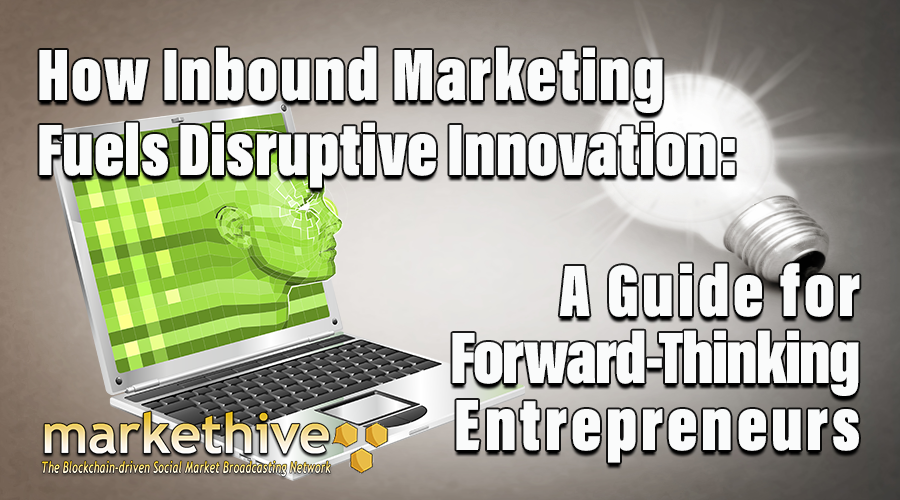


Image Source: Pixabay
Tokenizing music catalogs: The next frontier for Web3 and music industry
At the Proof of Talk 2024 conference in Paris, Sergio Mottola, CEO of Music Protocol, advocated for integrating blockchain technology into the already established billion-dollar music industry.
The music industry is at the beginning of a profound transformation, as the rise of streaming services is changing the way music is consumed.
According to data from Forbes earlier this year, music streaming accounts for 84% of total music industry revenue, surpassing $17 billion annually.
However, streaming isn’t the only digital tool changing how the music industry operates. Web3 tools like blockchain and tokenization are slowly shifting possibilities for artists, fans and distributors alike.
Sergio Mottola, CEO of Music Protocol and the Web3 Music Association, envisions a future where music catalogs are tokenized, creating a new paradigm for the industry. Read More
Ethereum’s Pectra upgrade: Key risks identified in Report
According to a new report by Liquid Collective and Obol, Ethereum’s Pectra upgrade in 2025 poses significant risks, including concerns over client, operator, and cloud diversity.
As Ethereum prepares for the Pectra upgrade in early 2025, a recent research report published by Liquid Collective and Obol has revealed multiple associated risks.
The report highlights the importance of client, operator and cloud diversity alongside concerns regarding the limited adoption of distributed validator technology (DVT).
Speaking with Cointelegraph, Alluvial chief product officer Matt Leisinger, a software development company supporting Liquid Collective, said:
“Our latest report with Obol highlights the growing importance of addressing Ethereum staking’s correlated risks and protocol-level penalties.” Read More
How to use blockchain and smart contracts in procurement
Blockchain revolutionizes procurement through supply chain traceability, smart contracts and decentralized marketplaces, enhancing transparency, efficiency and trust.
Blockchain technology offers a wide range of applications that can revolutionize procurement processes, enhancing efficiency, transparency and trust throughout the supply chain. One of the most significant applications lies in supply chain traceability and transparency. By recording every transaction and movement of goods on an immutable blockchain ledger, organizations can gain unprecedented visibility into the origin, authenticity and condition of products.
Smart contracts, powered by blockchain, automate and streamline procurement processes, reducing manual intervention and the risk of errors. These self-executing contracts can automatically trigger payments upon fulfillment of predefined conditions, such as the delivery of goods or the completion of services. This not only accelerates transaction times but also eliminates the need for intermediaries, reducing costs and improving cash flow. Additionally, smart contracts can be used to manage complex procurement agreements, ensure compliance with terms and conditions, and resolve disputes in a transparent and efficient manner. Read More
Why tokenized real-world assets are soaring
Tokenized real-world assets have surged to a capitalization of $8 billion, outpacing Bitcoin and Ether in both market performance and volatility-adjusted returns.
The real-world assets (RWA) market has grown to $8 billion in total value locked (TVL) this year, excluding non-yield-earning stablecoins. Real-world assets currently tokenized on blockchains include private equity, real estate, government securities, commodities and other financial obligations.
The popularity of tokenized RWAs in decentralized finance (DeFi) started to grow as bond yields in traditional finance eclipsed low-risk DeFi yields during the bear market of 2022 to 2023. The United States Federal Reserve’s aggressive interest rate hikes made U.S. Treasury yields competitive with DeFi stablecoin yields despite their much lower risk. As of June 13, the one-year Treasury bill offers a three-month average yield of 5% to 5.24%, while Aave has variable annual percentage returns on stablecoins that range from 3.73% to 7.46%. Read More
How Inbound Marketing Fuels Disruptive Innovation: A Guide for Forward-Thinking Entrepreneurs

In today's fast-paced and rapidly evolving business landscape, traditional marketing strategies are no longer sufficient to drive innovation. To stay ahead of the curve, forward-thinking businesses turn to inbound marketing as a powerful tool to fuel disruptive innovation. In this guide, we will explore the concept of inbound marketing, its role in fostering disruptive innovation, and the benefits it offers to entrepreneurs.
Inbound marketing is a strategic approach focusing on attracting, engaging, and delighting customers through valuable content and experiences. Unlike traditional outbound marketing, which relies on interruptive tactics like cold calling and advertising, inbound marketing aims to build long-term relationships with customers by providing them with relevant and helpful information. By leveraging content marketing, social media, and search engine optimization (SEO), inbound marketing creates a magnet-like effect, organically drawing customers to your business. Read More
DePIN – Overcoming the Challenges for a Decentralized Future
The recent emergence of DePIN (decentralized physical infrastructure networks) offered a unique solution to the various limitations of centralization by presenting a distributed, incentivized system that integrates community-driven blockchain technology.
This decentralized route ensured individuals could participate in owning and managing physical infrastructure without having to rely on centralized providers.
In itself, DePIN’s potential applications cut across many sectors, including the IoT (Internet of Things), cloud computing, supply and logistics and more.
However, DePIN faces its own challenges and potential pitfalls that must be strategically addressed.
Otherwise, we might be looking at a repeat of what happened with Web 3.0 – massive traction but unsustainable adoption. Read More
Bridging local experiences with global reach: How blockchain can help
Blockchain and Web3 reimagine the travel industry by unifying different stakeholders on the same, decentralized communication platform.
The travel industry’s adoption of blockchain technology has demonstrated that Web3 would benefit a broader circle than finance. With the introduction of Camino Network, the first blockchain specifically designed for the travel space, innovation started to take off on decentralized grounds.
Thanks to a global and seamless infrastructure, all stakeholders can now join a shared network to do business. The Web3 travel ecosystem — built on Camino Network — has enabled a seamless and simplified way to distribute and manage travel data for the whole industry.
More than 170 travel companies have joined the network with a vision to offer seamless, personalized and secure experiences for travelers. As blockchain technology matured, the travel industry found more ways to connect local experiences to a worldwide audience. The introduction of Camino Messenger, a fast, simple and open-source blockchain-based communication system that connects travel service providers and distributors, helps the industry find more ways to connect local experiences to a worldwide audience. Read More
What is an infinite mint attack, and how does it work?
An infinite mint attack occurs when an attacker manipulates a contract’s code to continuously mint new tokens beyond the authorized supply limit.
This kind of hack is most common in decentralized finance (DeFi) protocols. The attack compromises the integrity and value of a cryptocurrency or token by creating an infinite quantity of them.
For instance, a hacker exploited the Paid network’s smart contract vulnerability to mint and burn tokens, resulting in a $180-million loss and an 85% drop in PAID’s value. Over 2.5 million PAID tokens were converted to Ether (ETH) before the attack was stopped. The network reimbursed users, dispelling rumors of an inside job (rug pull).
The malicious actor might profit from such attacks by selling the tokens created illegally or by interfering with the impacted blockchain network’s regular operations. The prevalence of infinite mint attacks emphasizes how crucial it is to perform thorough code audits and incorporate security measures into smart contract development to protect against exploits of this kind. Read More
Uphold to delist USDT and 5 stablecoins by July 1, citing MiCA
Apart from Uphold, other major crypto exchanges, including Binance, Kraken and OKX, also tweaked their stablecoin listing policies to comply with MiCA regulations.
Cryptocurrency exchange Uphold has sent a notice to its European users informing them that the platform will end support for six popular stablecoins from July 1. Uphold says it is delisting the stablecoins to align with the European Union’s Markets in Crypto-Assets Regulation (MiCA).
The six stablecoins are Tether, Dai, Frax Protocol (FRAX), Gemini dollar (GUSD), Pax dollar (USDP) and TrueUSD (TUSD). Users holding these stablecoins must convert them to a different cryptocurrency before June 28, after which the cryptocurrency exchange will automatically convert them into USD Coin.
MiCA was passed into law in May 2023 and went into partial effect in June 2023. The extensive EU crypto laws are expected to come into full force by the end of 2024. Read More
Disclaimer: These articles are provided for informational purposes only. They are not offered or intended to be used as legal, tax, investment, financial, or any other advice.